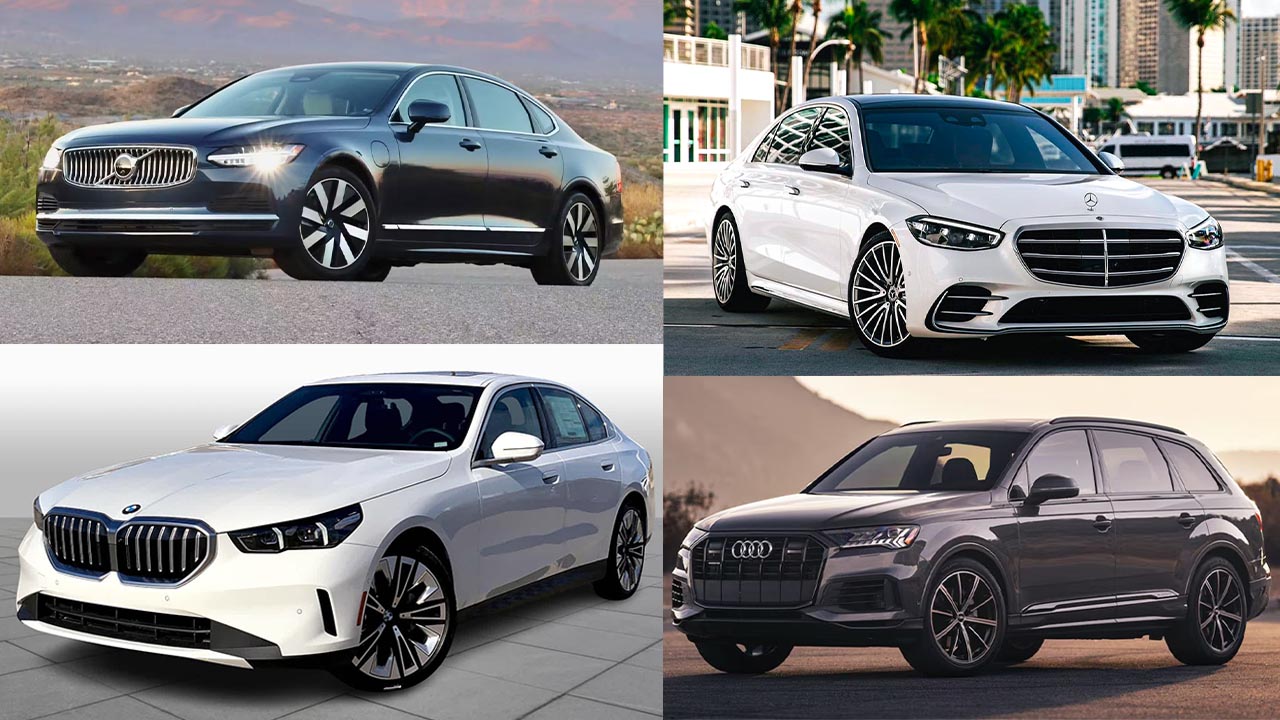Selecting a car for UK roads is a bit like choosing the spice level for your curry. You don’t want to go overboard with something too fiery, as it could end up being uncomfortable or overwhelming.
However, opting for something too mild may leave you unsatisfied, lacking the punch you’re after. The goal is to find that perfect middle ground that delivers a comfortable and enjoyable experience on the road.
While the UK boasts an abundance of stunning driving routes, its roads are not exactly known for their smoothness.
Potholes, cracks, and especially the speed bumps commonly found in urban areas, can cause excessive wear and tear on a car’s suspension system. Fortunately, there are vehicles built with these road challenges in mind.
Cars That Are Good At Bad Road
In the following, we highlight some of our top picks for cars that offer a smooth and comfortable ride, effectively smoothing out the rough patches of Britain’s roads. These cars are listed in no particular order, as each one brings something special to the table.
Citroen C3
Citroen has long been a leader in creating cars with exceptional comfort, thanks to its groundbreaking hydropneumatic suspension systems that once made its vehicles glide over rough surfaces like clouds. While the Citroen C3 can’t boast such advanced technology, it still excels in offering a surprisingly smooth ride on UK roads.
This is due to Citroen’s ability to craft a relaxing driving experience through the use of more traditional suspension systems – the kind of set-up many other manufacturers wish they could implement.
The Citroën C3 is a very affordable option, both in terms of purchase price and running costs. It’s fuel-efficient, sits in a low insurance group, and generally inexpensive to maintain.
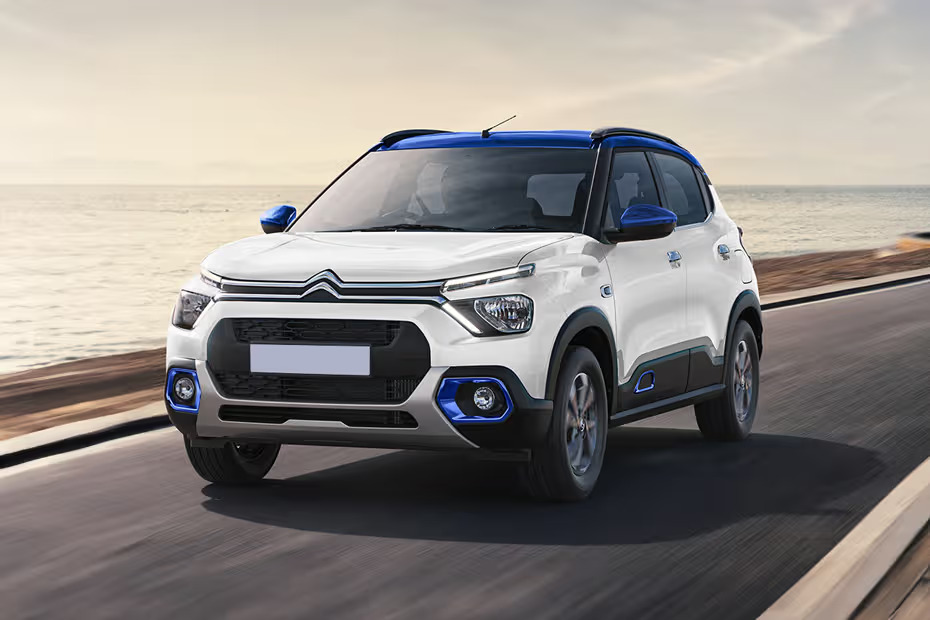
However, resale values aren’t particularly strong, and the overall build quality can feel a bit cheap in places. It’s also not a car that delivers a dynamic driving experience—the steering is light and easy, but not engaging.
A notable addition to the lineup is the all-electric ë-C3, introduced in 2024 in some markets. This version offers a range of around 200–250 km and positions itself as one of Europe’s most budget-friendly electric vehicles, aimed at drivers who want simple, eco-friendly transport without paying premium EV prices.
Overall, the Citroën C3 is for those who value comfort, ease of use, and quirky style on a budget. It’s not flashy or fast, but it gets the job done reliably and affordably—ideal for city dwellers or anyone looking for a no-nonsense daily driver.
Skoda Kodiaq
The Skoda Kodiaq is a spacious, well-priced, and comfortable choice for families. It’s a smart-looking crossover that delivers quiet, smooth rides, often receiving praise from owners for its serenity behind the wheel.
For an even better ride, we recommend opting for a model equipped with the optional Dynamic Chassis Control (DCC). This system provides a Comfort mode for the suspension, softening the ride and enhancing relaxation on those long drives.
The Škoda Kodiaq is a mid-size SUV that punches above its weight in terms of space, practicality, and overall value.
It’s Škoda’s flagship SUV and is built to compete with more expensive rivals like the Volkswagen Tiguan Allspace, Hyundai Santa Fe, and even premium options like the Volvo XC60—but at a lower price point.
Under the hood, the Kodiaq typically offers a range of engines including 1.5L and 2.0L turbocharged petrol and diesel options, depending on the market.
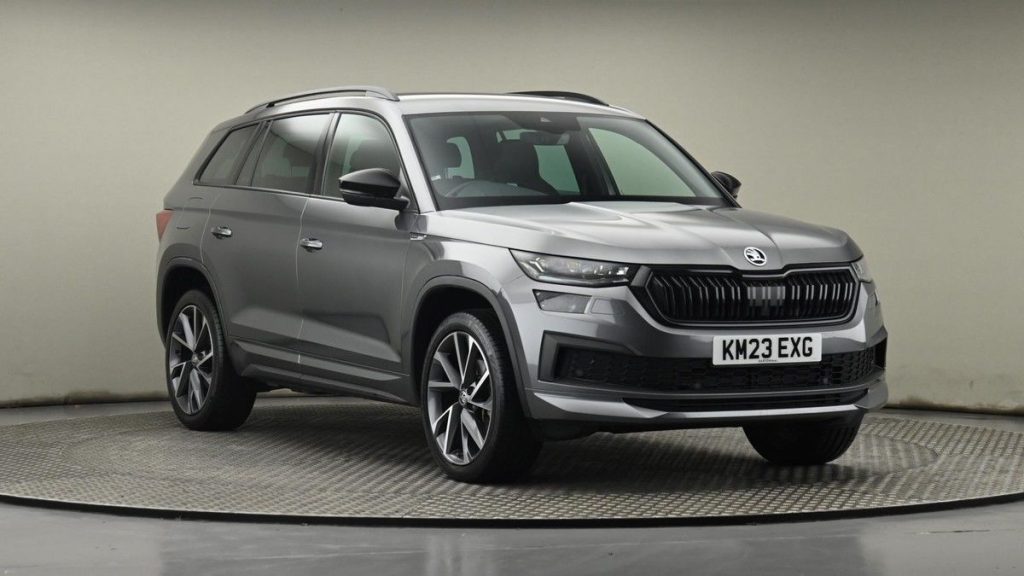
There are also all-wheel drive variants, especially in the higher trims or performance versions like the Kodiaq RS, which packs a punchier 2.0L engine (originally diesel, later replaced with a petrol engine in newer models).
The ride is smooth and composed—it’s not built for aggressive off-roading, but it handles poor roads, long drives, and family hauling duties with confidence. Inside, the Kodiaq is classic Škoda: clean design, solid materials, and loads of clever practical features.
It can be had as a five-seater or seven-seater, with the third row being best for kids or short trips. The boot space is massive with the rear seats folded down, making it ideal for road trips or bulky cargo.
You’ll find touches like umbrella slots in the doors, under-seat storage, and USB ports where you need them. Higher trims come loaded with tech: digital instrument cluster, large infotainment screen with Apple CarPlay/Android Auto, adaptive cruise control, and a top-down camera system.
Mercedes-Benz S-Class
The Mercedes-Benz S-Class is essentially a luxury limousine, produced in large quantities. Mercedes doesn’t hold back when describing the top-tier versions of the S-Class, boldly labeling its suspension technology as Magic Body Control.
And it’s no exaggeration, as the comfort-enhancing system feels nothing short of magical – or at the very least, like a marvel of engineering. Riding in the back of this used Mercedes is probably what we’d imagine lying on a fluffy cloud to feel like – absolute bliss.
The Mercedes-Benz S-Class is the pinnacle of luxury sedans, representing the brand’s flagship model and embodying everything Mercedes stands for: innovation, elegance, and effortless performance.
Known as “Sonderklasse” or “Special Class” in German, the S-Class sets the benchmark for what a luxury car should be. Every generation introduces cutting-edge technology that often trickles down to other vehicles years later, not just within Mercedes but across the entire auto industry.
Inside, the S-Class feels more like a rolling luxury suite than a car. It offers features like massaging seats, ambient lighting, and even built-in fragrance systems.
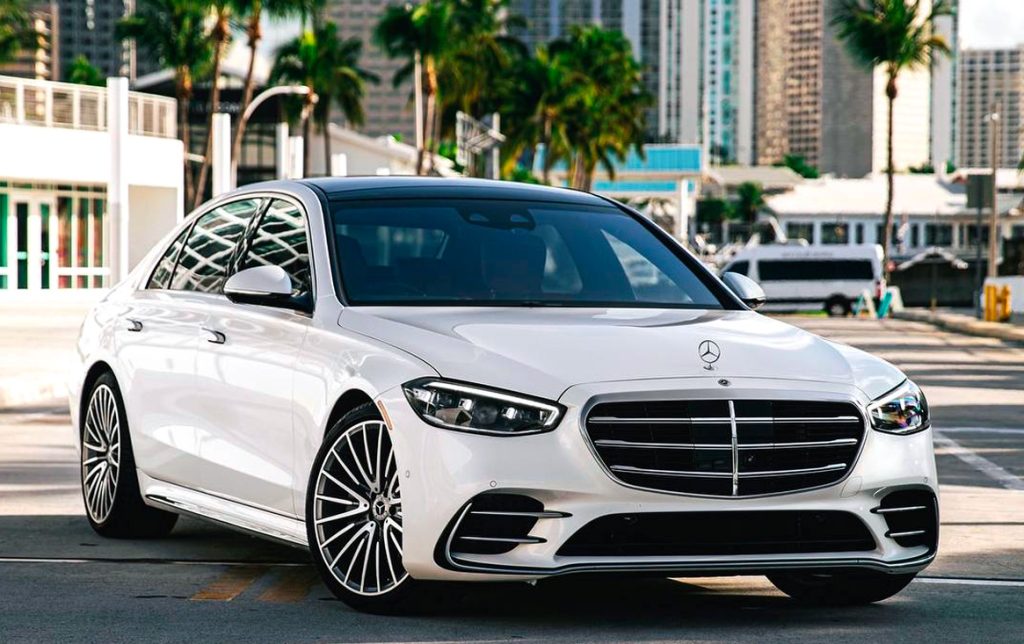
The rear seats, especially in models with the Executive Rear package or the ultra-luxurious Maybach trim, are designed to rival first-class airline cabins. Mercedes’ MBUX infotainment system is front and center, complete with massive OLED displays, voice commands, and gesture controls, ensuring that both driver and passengers are surrounded by the latest tech.
Under the hood, the S-Class offers a range of powerful and refined engines. The S 500 comes with a mild-hybrid inline-six, while the S 580 bumps things up with a mild-hybrid V8.
For those craving more power, the AMG S 63 delivers brutal performance paired with hybrid efficiency. Regardless of engine, the car prioritizes silky-smooth performance and comfort over raw aggression. Paired with adaptive air suspension, the S-Class glides over the road like it’s floating.
In terms of safety and convenience tech, the S-Class is loaded. From Level 3 semi-autonomous driving capabilities (available in select regions) to Night Vision Assist, 360-degree cameras, and active ambient lighting that responds to hazards, it’s as smart as it is luxurious.
However, all this sophistication comes with a cost—maintenance and repairs can be expensive, and long-term reliability depends on careful upkeep.
Volvo S90
Naturally, a used Volvo had to make it onto this list. For years, the Swedish carmaker has prioritized comfort and safety in its vehicles, so the top-tier S90 saloon is equipped with the brand’s finest suspension technology.
Much like the S-Class, Volvo’s premium S90 comes with the brand’s most luxurious interior, ensuring that its comfort extends to the seats and the suspension beneath you.
Additionally, the S90 incorporates some classic suspension techniques that may remind you of a more traditional approach, like lighting a candle during a romantic dinner.
One of these methods includes the use of leaf springs at the rear, a technique typically reserved for pickup trucks these days, but one that works wonders in the S90.
The Volvo S90 is a full-size luxury sedan that blends Scandinavian minimalism with premium comfort and cutting-edge safety tech.
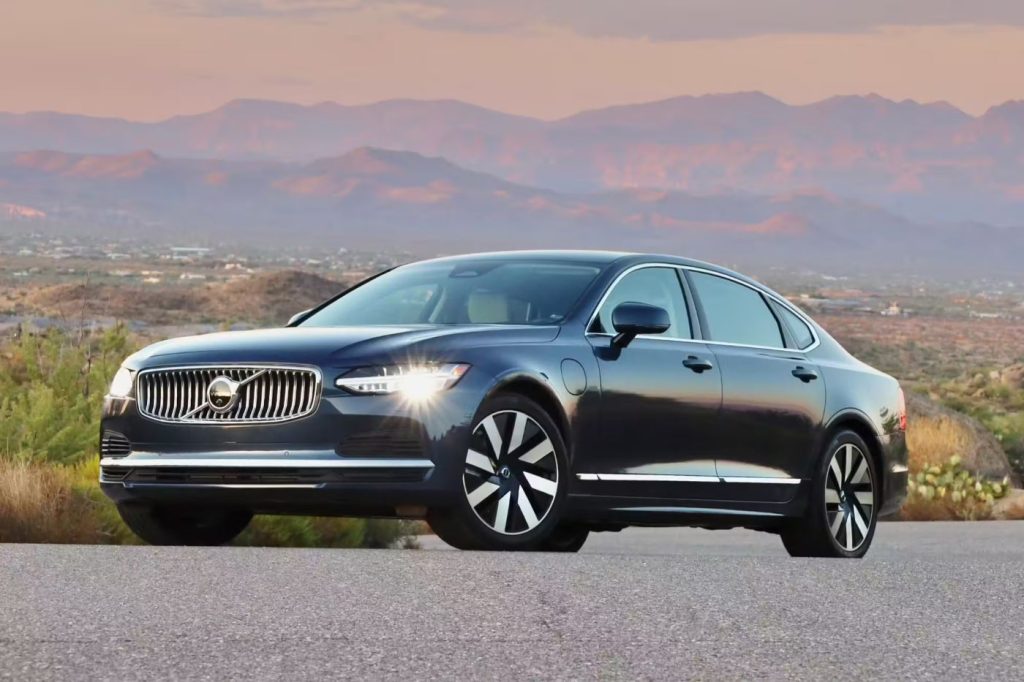
It’s Volvo’s answer to executive saloons like the BMW 5 Series, Mercedes-Benz E-Class, and Audi A6, but it carves its own niche with a focus on understated elegance, comfort, and environmental consciousness rather than outright sportiness.
Design-wise, the S90 is sleek, low-slung, and refined. It doesn’t scream for attention—it just looks confident and classy. Inside, the cabin is beautifully laid out with clean lines, natural materials (think open-pore wood, metal, and Nappa leather), and a strong sense of calm.
The large vertical touchscreen dominates the dash, controlling most vehicle functions. It’s elegant, though it can take some getting used to compared to traditional buttons.
The rear seats are spacious enough for chauffeured comfort, especially in the long-wheelbase version (available in some markets).
Under the hood, the S90 offers various powertrains. Recent models focus on mild-hybrid petrol engines (B5, B6) and a plug-in hybrid (T8 Recharge) that delivers serious power and electric-only range for short commutes.
The T8 is especially impressive, combining performance with efficiency and low emissions—ideal for city driving with a green conscience. AWD is available in higher trims and standard in the T8, adding to the all-weather capability.
BMW 5 Series
A used BMW might not have made it onto this list if most of the brand’s models were equipped with handling-oriented M Sport suspension.
However, not every buyer opts for the sportier suspension options, meaning that there are BMWs out there that offer a smoother, more comfortable ride. The 5 Series (and 5 Series Touring) is an excellent example of this, as it glides confidently over bumps and cracks – and looks great doing so.
The BMW 5 Series is BMW’s midsize luxury sedan, and it sits right in the sweet spot between sporty driving and executive comfort. It’s smaller and more agile than the 7 Series, but more upscale and refined than the 3 Series—basically, it’s the one you buy when you want serious daily performance without giving up luxury.
The 5 Series has always been known for its driving dynamics. Whether you’re behind the wheel of a base model or a high-performance M variant, you get sharp steering, a balanced chassis, and a car that feels just as at home on a twisty backroad as it does on the highway.
With the latest generation, BMW has leaned more into tech and luxury while keeping that sporty DNA alive. Powertrain options range from the efficient 530i with a turbocharged four-cylinder, to the 540i with a turbo inline-six, all the way up to the fire-breathing M550i xDrive and the full-on M5—a super sedan in disguise.
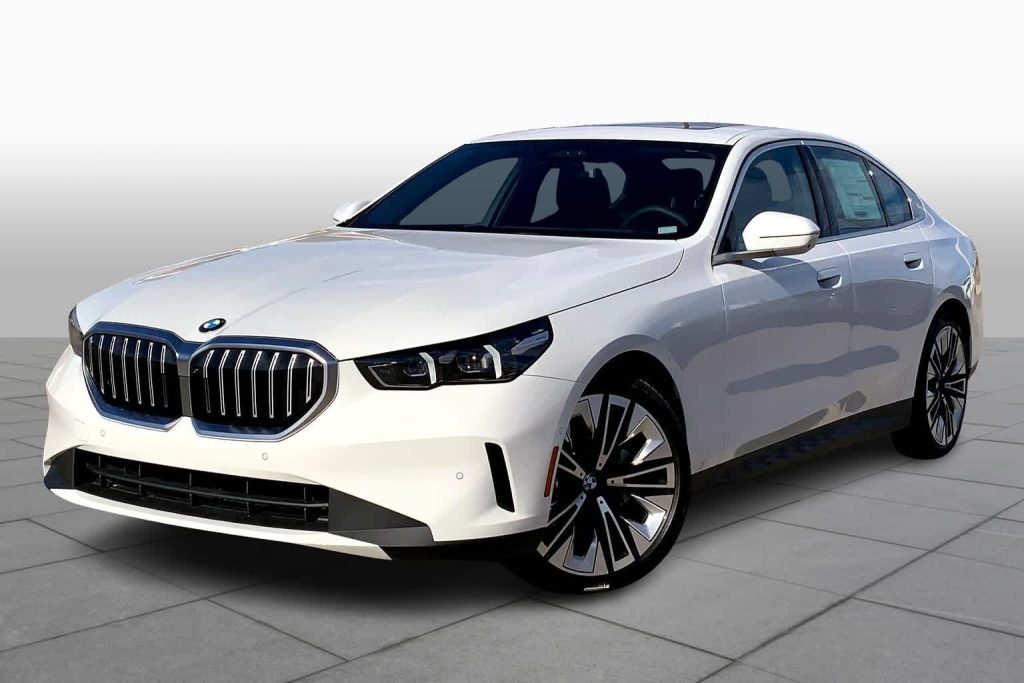
Inside, the 5 Series is a blend of business-class simplicity and high-tech functionality. The materials are premium, the layout is driver-focused, and the latest iDrive system runs on a crisp, curved dual-screen setup that feels modern and responsive.
You’ll get all the luxury essentials like heated and ventilated seats, premium sound systems, and ambient lighting. BMW’s latest driver assistance features also make it feel semi-autonomous at times, especially on long drives.
Ride comfort is refined, especially with adaptive suspension and xDrive all-wheel drive in the higher trims. But don’t let that fool you—it’s still one of the most engaging sedans to drive in its segment. It’s quieter and more composed than older generations, but if you tick the right boxes, the 5 Series can still rip with authority.
As for price, the 530i starts around $60,000, while the 540i jumps into the $65K–$70K range. The M550i creeps toward $85K, and the M5?
That beast is in a league of its own at over $110,000. There’s also a fully electric i5 now, for those leaning into the EV transition, offering strong performance with no emissions.
Overall, the BMW 5 Series is for drivers who want a smart, stylish, and athletic sedan—something that looks professional, feels luxurious, and still knows how to have fun.
It’s one of the most well-rounded cars in its class, with few real weaknesses unless you’re looking for something more flamboyant or ultra-luxurious like the S-Class.
Nissan Qashqai
According to the Annual Local Authority Road Maintenance Survey (ALARM), around 24,000 miles of roads across the UK are in need of repairs within the coming year. That means motorists should brace themselves for yet another year of dodging potholes.
Data shows that an owner of a 2008 Nissan Qashqai submitted a claim of £486 for a repair related to the suspension or axle.
This figure is significantly higher than the typical cost of a suspension-related claim, which currently averages £297. While you might expect the UK’s most popular crossover to handle rough roads with ease, potholes still prove to be a serious weakness.
The Nissan Qashqai (pronounced “cash-kai”) is a compact crossover SUV that’s become one of Nissan’s best-selling models, especially in Europe.
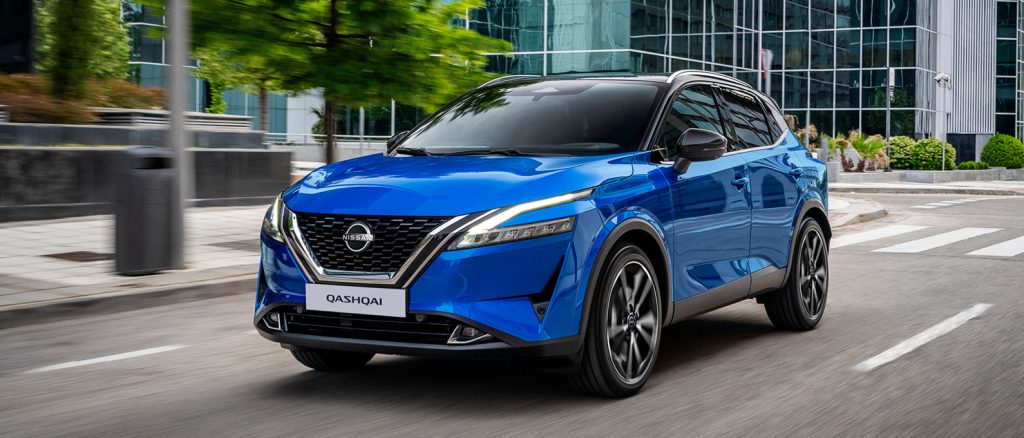
It’s designed to be practical, efficient, and affordable—not flashy, but dependable, and a solid choice for people who want something smarter and more stylish than a traditional hatchback, without going full SUV.
The Qashqai slots into that compact, urban-friendly size category, making it ideal for city driving while still offering enough space for a small family or active lifestyle.
It has the elevated ride height and road presence people want in a crossover, but it drives more like a car—light steering, decent visibility, and easy maneuvering in tight spaces.
Cars That Cannot Handle Bad Road
Alfa Romeo Brera
Meanwhile, in Hull, a local garage owner reported that he’s fixing cars damaged by potholes on a weekly basis. Wayne Sargeson shared, “We easily replace one or two snapped coils a week now. Going back a couple of years, we’d only maybe do one a month.”
The first repair claim to exceed four figures involves a 2008 Alfa Romeo Brera, with the repair costing £1,036. The poor state of the roads can be attributed to a mix of factors, including local councils’ insufficient funds for repairs and the harsh winter weather, especially the impact of the ‘Beast from the East.’
The Brera was originally shown as a concept car by Giorgetto Giugiaro, and when Alfa brought it to production, they kept most of that concept’s stunning design intact.
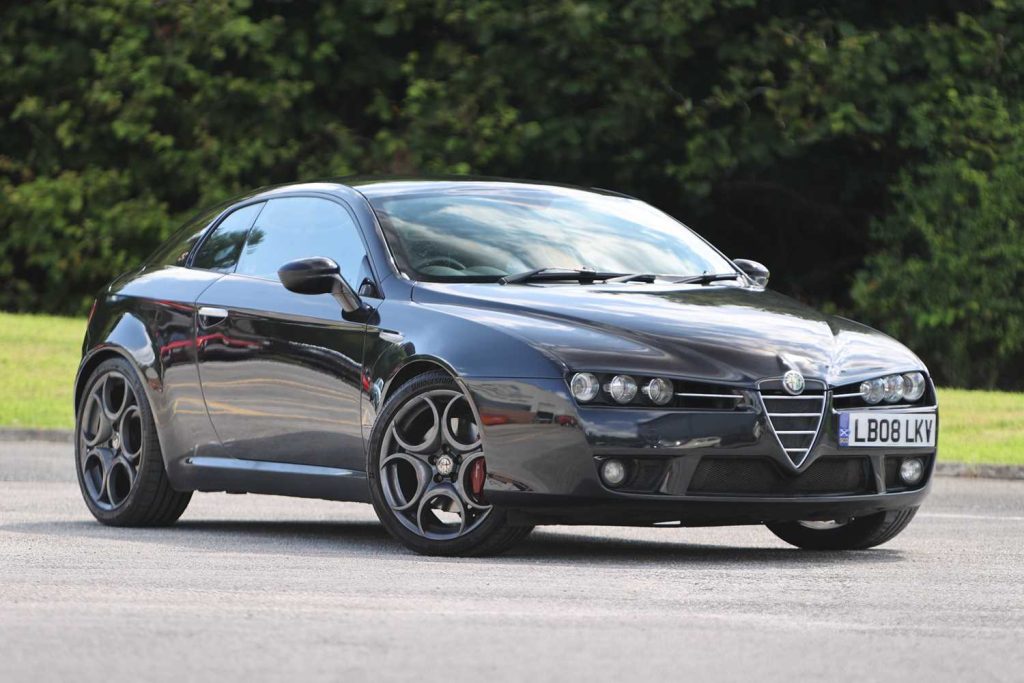
With its aggressive front fascia, triple headlamp layout, low-slung profile, and muscular rear haunches, the Brera looked like it belonged in a car magazine spread—even parked on a curb. It was, and still is, one of the best-looking cars of its era.
Engine options ranged from a 2.2L inline-4, a 3.2L V6, and in some markets, a 2.4L diesel. The V6, while sounding great and offering decent punch (around 260 hp), was weighed down by the car’s bulk and the standard all-wheel-drive system (Q4), making it more of a grand tourer than a sharp-edged sports car.
The front-wheel-drive 2.2L models were lighter but underpowered for the body they were hauling. The chassis was well-sorted—handling was composed and stable—but it lacked the visceral, tail-happy fun of a proper rear-drive setup.
Ford Galaxy
The 2011 Ford Galaxy can be purchased for as little as £3,500, making the repair claim of £1,697 a significant portion of the car’s value.
Fortunately, this was covered by an aftermarket warranty. Drivers are not alone in their struggles with potholes. A recent YouGov poll for Cycling UK found that more than half of people would cycle more if the roads were in better condition.
Duncan Dollimore, Cycling UK’s head of campaigns, commented, “Cycling is still a minority activity in the UK with only 2 percent of all journeys made by bike. Those who do cycle put up with the potholes and dangerous traffic conditions daily and still continue.”
The Ford Galaxy is the largest MPV in the lineup, which means it offers the most space. This seven-seater comes with rear seats that fold down electrically into the floor, while the middle row of seats also drops down with the press of a button, making it highly practical.
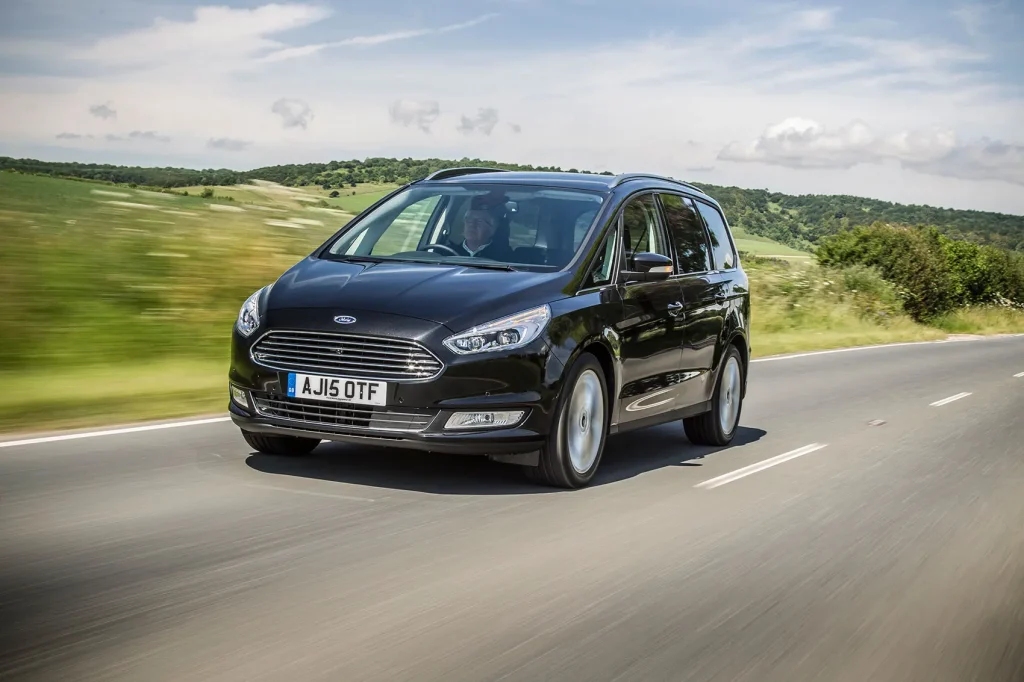
Driving the Galaxy is relatively straightforward, but it has sacrificed some of the previous model’s handling in favor of improved comfort and refinement. As a result, it now ranks among the best in the large MPV class when it comes to refinement and luxury.
The Galaxy offers a solid selection of 2.0 TDCi diesel engines with four different power outputs, along with a 1.5 EcoBoost petrol engine. It also comes with the option of four-wheel drive, so you should be able to find a Galaxy that suits both your needs and budget.
The main downside is the vehicle’s connection with the private hire industry, as well as the fact that SUVs are generally more desirable for buyers, which negatively affects the Galaxy’s residual values.
However, if you can look past this, the Galaxy is an excellent option for transporting seven passengers in comfort and luxury.
Audi Q7
The 2008 Audi Q7 presents a more severe issue, with a pothole causing £3,528 worth of damage. When a mechanic takes a sharp intake of breath before presenting the bill, it’s usually time to prepare for a hefty expense.
On Friday, 13 January 2017, the Department for Transport announced funding for a ‘Pothole Spotter’ trial. This trial uses vehicle-based cameras in Thurrock, Wiltshire, and York councils to identify potholes while driving.
The Audi Q7 is a premium, three-row SUV that blends luxury, performance, and practicality. First introduced in 2005, the Q7 quickly became Audi’s flagship SUV, offering a sophisticated balance of power, comfort, and technology for families and those who need a versatile, high-end vehicle that can do it all.
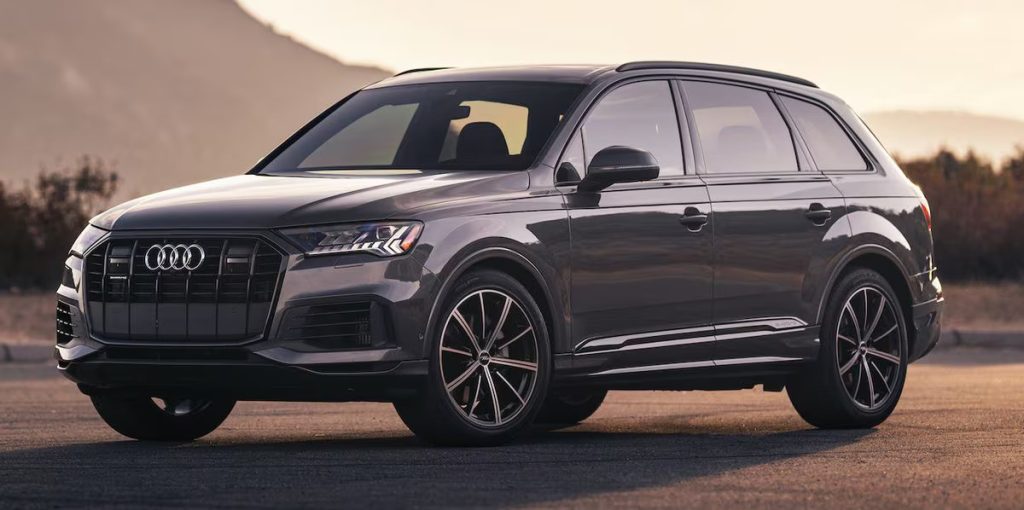
At its core, the Q7 delivers a refined driving experience. It’s powered by a range of engine options, typically starting with a 2.0L turbocharged four-cylinder in the base models and moving up to a 3.0L supercharged V6 or mild-hybrid V6 in higher trims, including the sportier SQ7 variant with significantly more horsepower.
The engines are paired with Audi’s quattro all-wheel-drive system, ensuring good grip and stability in a variety of road conditions. The driving experience is marked by smooth acceleration, a composed ride, and impressive handling for its size, all of which make the Q7 a standout in the luxury SUV category.
Range Rover Sport
Finally, the 2012 Range Rover Sport takes the top spot, with a repair bill of £3,863 after hitting a pothole. The situation has been worsened by the arrival of the BridgeCat system, a world-first technology that uses sensors to measure floodwater damage.
The system employs sonar and underwater cameras to assess damage before the floodwaters recede, but this innovation came too late for the Range Rover owner. If you encounter a pothole, it’s important to report it to your local council or via the government website.
Smaller and more agile than the full-size Range Rover, the 2025 Range Rover Sport SUV sits centrally within the Land Rover lineup, offering strong performance both on- and off-road. With three available powertrains, you can select the Sport that best aligns with your driving preferences and lifestyle.
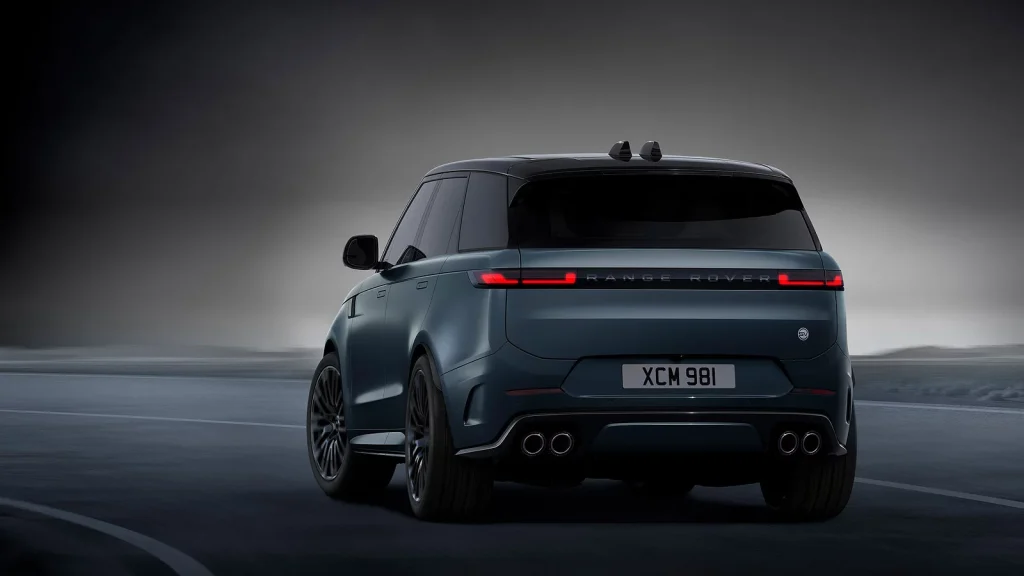
The base P360 inline-six engine delivers 355 horsepower, while the P400 inline-six increases that to 395 horsepower. There is also a plug-in hybrid option, the P550e, which produces 542 horsepower and offers an estimated 51 miles of electric-only driving range.
The vehicle features an adjustable air spring suspension system that increases ground clearance when needed and lowers the SUV when it’s not, optimizing aerodynamics, on-road handling, and off-road capability.
Equipped with the optional Stormer Handling package, the Range Rover Sport becomes a true performer, boasting a rear-wheel steering system and a torque-vectoring rear differential.
If you’re after maximum performance, the Range Rover Sport SV (reviewed separately) is worth considering, as it comes with a 626-horsepower twin-turbo V-8 engine.
No matter which version you choose, you’ll enjoy a premium cabin with a range of amenities, a comfortable ride perfect for cruising, and a striking exterior design that unmistakably identifies it as a Range Rover.

